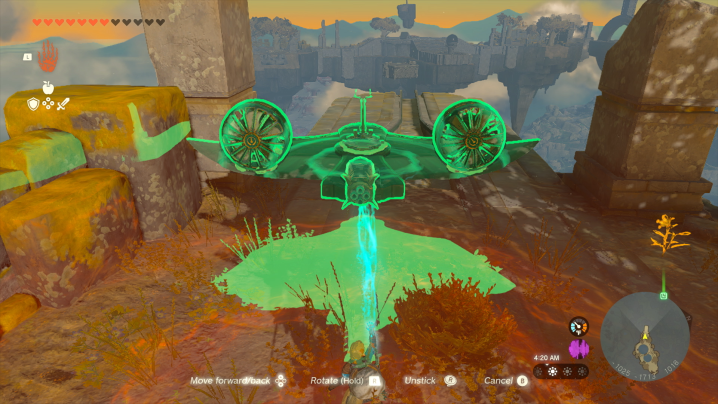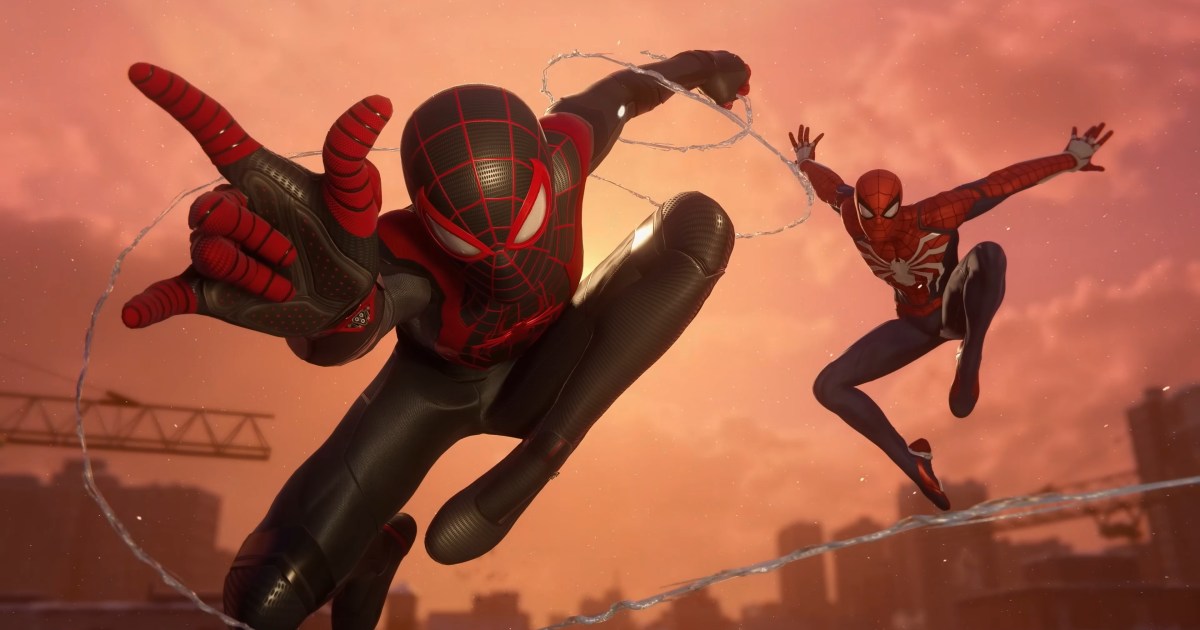It’s not an overstatements to say that 2023 was one of the best years for video game sequels ever.
Simply looking at The Game Awards 2023’s Game of the Year nominations, all of which are titles from preexisting series, proves that. It’s not just that we received a lot of new video game sequels in 2023; that happens every year. No, what makes the game sequels of 2023 stand out is how many of them impressively build upon what came before. From Marvel’s Spider-Man 2 to Baldur’s Gate 3, these follow-ups all looked at their predecessor, identified the weaker aspects, and directly addressed those issues.
As new IP struggled more than usual in the AAA space this year — with the success of Hi-Fi Rush and Starfield being counteracted by underperforming titles like Immortals of Aveum and Forspoken — it’s a good thing that some of the greatest games of 2023 reestablished the standard of what makes a fantastic sequel.
Trending Deal:
Respecting what came before
Marvel’s Spider-Man, Alan Wake, Star Wars Jedi: Fallen Order, Baldur’s Gate 2, Street Fighter V, The Legend of Zelda: Breath of the Wild, Diablo 3, Dead Island, Pikmin 3, Forza Motorsport 7, and Star Wars Jedi: Fallen Order. All those games are great, some even outstanding, in their own right, but their sequels that dropped this year were even better.
For some, that came from refining what came before. For example, Star Wars Jedi: Survivor expanded the number of abilities Cal Kestis had at his disposal, increased the size of the planets players explored, and continued the story commendably. Dead Island 2 and Forza Motorsport were similarly pleasing iterative sequels that fully realized older ideas on new tech.
Others, like Marvel’s Spider-Man 2, almost directly addressed every pain point of entries that came before. Its 2018 predecessor had weak sidequests, frustrating sequences where players weren’t controlling Spider-Man, and a controversial relationship to law enforcement. Even its web-swinging, as great as it was, had limits. With Marvel’s Spider-Man 2, it felt like Insomniac Games went down a checklist, solving all those issues one by one. The sequel’s sidequests are more engaging, non-Spider-Man sequences play better, it’s story is unequivocally pro-criminal reformation, and even web-swinging has been refined with the loop-the-loop, corner-turning, and Web Wing abilities that make traversal even more satisfying.
Other sequels made even bolder changes. Diablo 4 returned to the darker themes from earlier in the series while embracing live service elements. Street Fighter 6 added modern control modes and a lengthy single-player story mode, ensuring it had a more acceptable amount of content and approachable appeal than Street Fighter V. Pikmin 4 reworked its strategy gameplay to make everything a bit less chaotic.

Then there’s The Legend of Zelda: Tears of the Kingdom. Nintendo recognized how players were breaking Breath of the Wild by using its systems to create weird shortcuts and crazy contraptions — and made that the central gameplay conceit of the sequel. on top of the best-in-class open-world design, the Ultrahand and Fuse systems encourage creativity, open up even more possibilities for exploration and puzzle-solving, and even solve the weapon degradation problem from Breath of the Wild. These are the titles I want to inspire the next generation of video game sequels.
What comes next
Sometimes sequels can be more than incremental follow-ups; they can redefine their respective series. Although not a direct sequel, I’ll argue that Super Mario Bros. Wonder built upon the best elements of the 2D Mario titles that came before it. And while Digital Trends was cooler on Final Fantasy XVI than most, I commend Square Enix for changing things up by having a darker story and more action-focused gameplay. More relevant to the conversation is Baldur’s Gate 3, a legacy sequel in a niche genre made by a studio that did not work on the prior games in the franchise. Despite all those pieces being stacked against it, it ended up being our Game of the Year.
Baldur’s Gate 3 is the kind of sequel that modernizes a classic formula for the modern era. It retained the core magic of its predecessors and didn’t even stray that far in terms of gameplay. But it made tweaks to many of those niche RPG elements, making them more understandable for general audiences. It was the rare game that could account for almost any emergent action the player takes. The result was a Dungeon & Dragons RPG that went mainstream; it even got referenced in South Park.

By doing that, Baldur’s Gate 3 and all the other sequels we mentioned have set a high bar for future sequels. Games that aren’t meeting that level of quality, like Call of Duty: Modern Warfare III, are being derided for it. Especially in an era where development is getting increasingly expensive and taking longer than before, game developers can’t afford to have their sequels not be notable improvements upon their predecessors in some explicit way.
The formula for the perfect video game sequel might have been perfected in 2023, and we will continue to get new entries in popular series. Some of 2024’s most anticipated games — Like a Dragon: Infinite Wealth, Final Fantasy VII Rebirth, and Senua’s Saga: Hellbalde II — are all sequels. After 2023, those titles must meet much higher standards.
Editors’ Recommendations







